The state of Montana lists 35 noxious weeds and regulated plants. These problematic plants cause damage to crops, livestock, habitats, ecosystems, or humans, and they often affect more than one of those categories. But many of the invasive plants in Montana don’t look like weeds at all. In fact, some of them might be growing in your garden or wildflower meadow as seemingly innocent flowers or other ornamental plants.
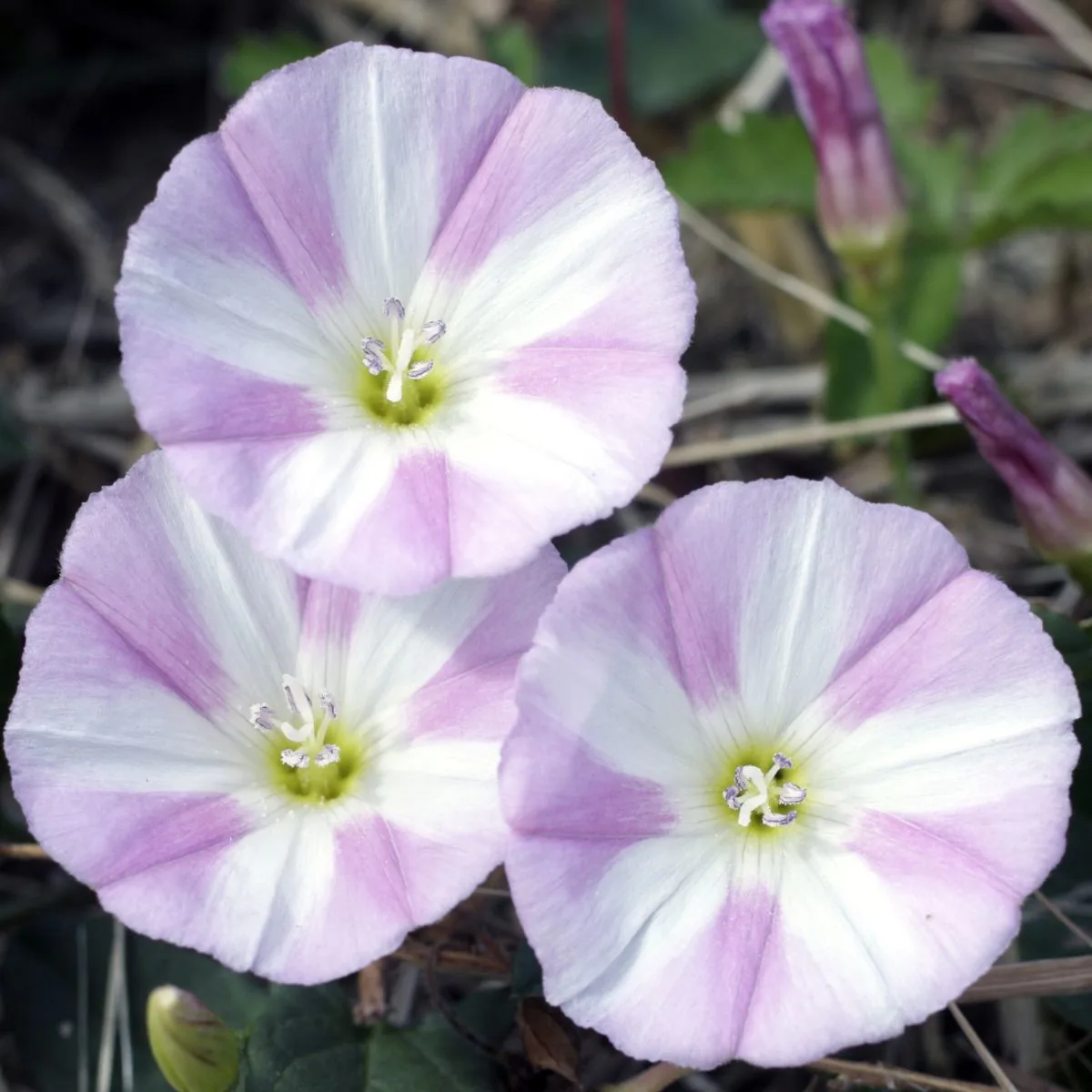
Because the whole list of noxious weeds would be overwhelming to digest all at once, we’ll focus here on the plants categorized by the state as “priority 2B.” These widespread weeds grow abundantly throughout most counties, making them some of the most common invasive plants in Montana.
Invasive Plants in Montana
If you find any of the following invasive species growing on your property, contact your local Extension office for instructions on proper removal. And once you remove them, replace them with some of these beautiful Montana natives.
1. Canada thistle (Cirsium arvense)
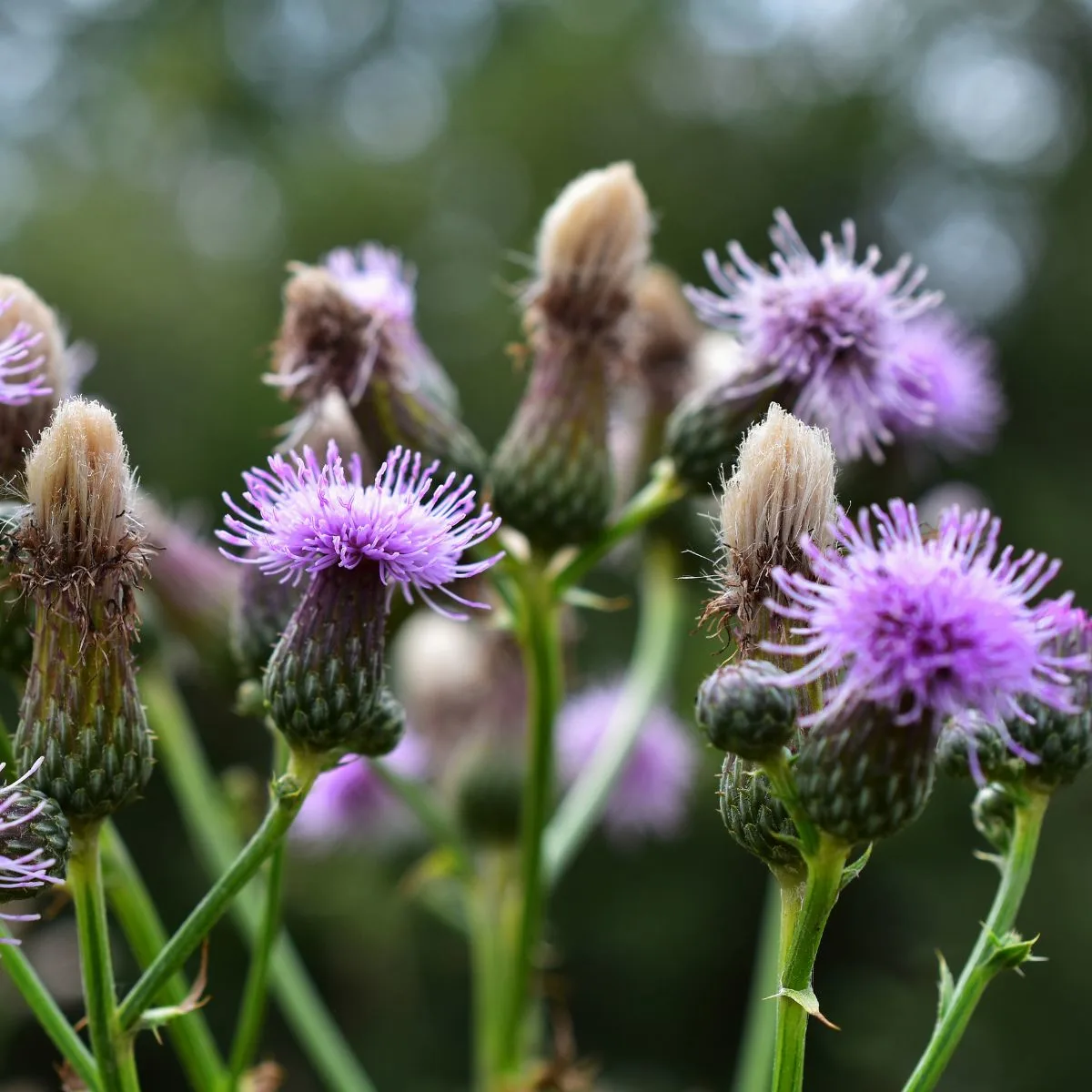
A perennial forb, Canada thistle is best known by its pink to purple flower heads and prickly, waxy leaves with a lance shape and shallow lobes. These two- to five-foot plants form dense clumps and spread via rhizomes.
Native thistles have less aggressive growth habits and include wavyleaf thistle (C. undulatum) and Flodman’s thistle (C. flodmanii).
2. Common tansy (Tanacetum vulgare)
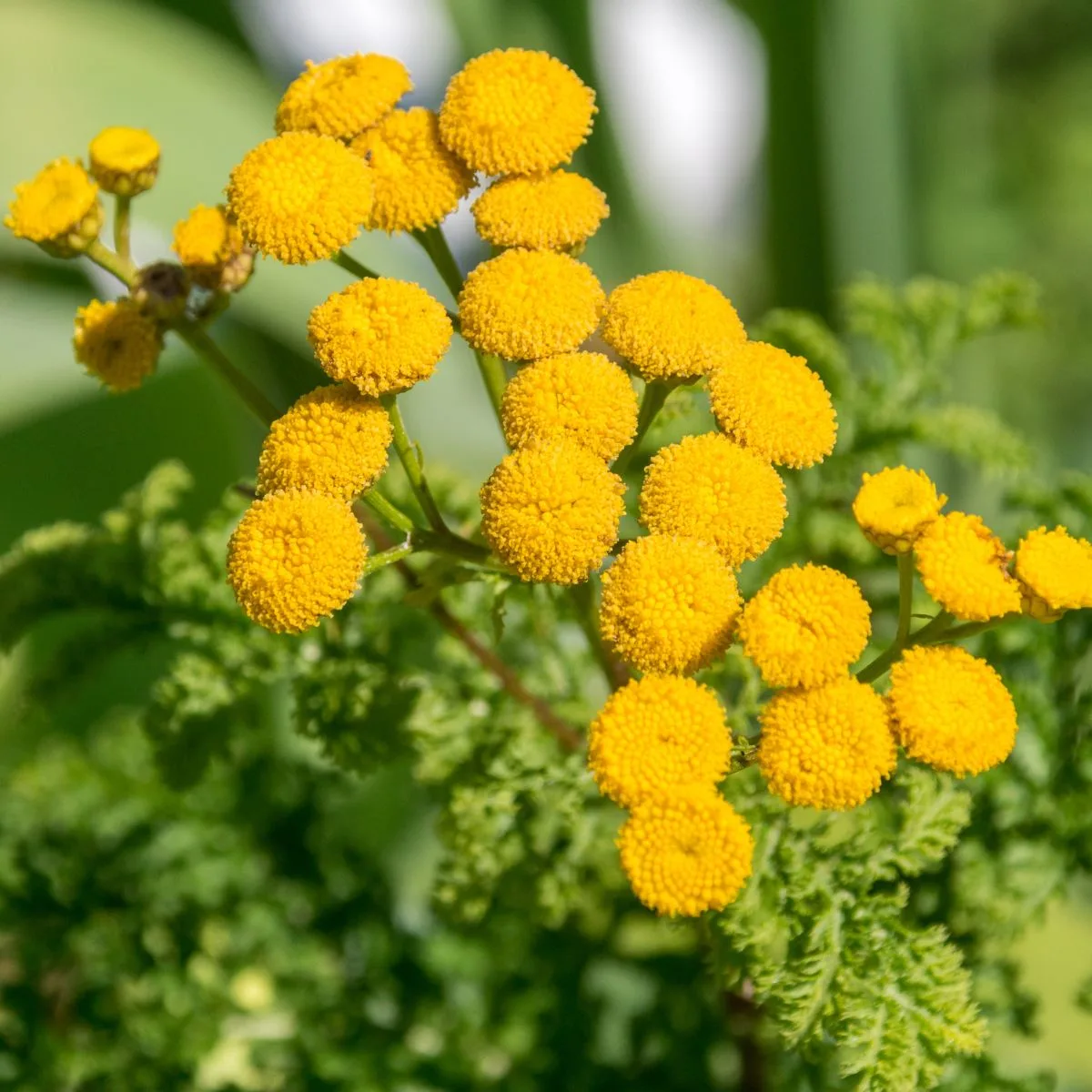
Growing up to six feet tall, common tansy features clusters of bright yellow, button-shaped flowers in late summer. When crushed, the fernlike leaves give off a strong scent reminiscent of camphor or menthol.
Plant Canada goldenrod (Solidago canadensis) for its tall, yellow flowers or a native pussytoes (Antennaria spp.) for its unique inflorescence.
3. Curly-leaf pondweed (Potamogeton crispus)
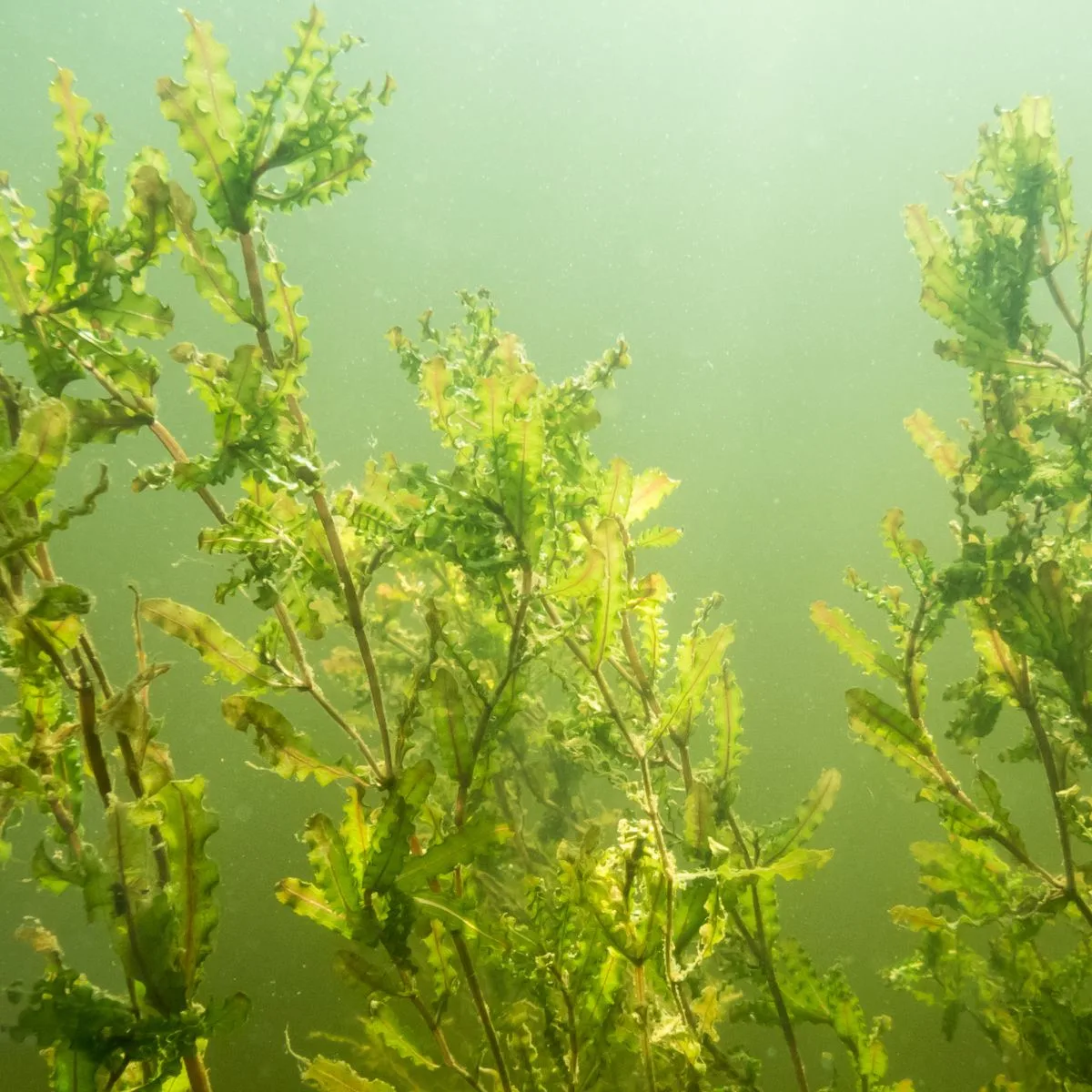
Curly-leaf pondweed, a submersed aquatic perennial grows one to three feet tall and has narrow, two- to three-inch long leaves with wavy edges. Though the dense mats of foliage appear reddish underwater, the leaves are actually blue-green. It comes up early in spring and dies back in midsummer.
Native pondweeds include Richardson’s pondweed (P. richardsonii) and white-stem pondweed (P. praelongus).
4. Field bindweed (Convolvulus arvensis)
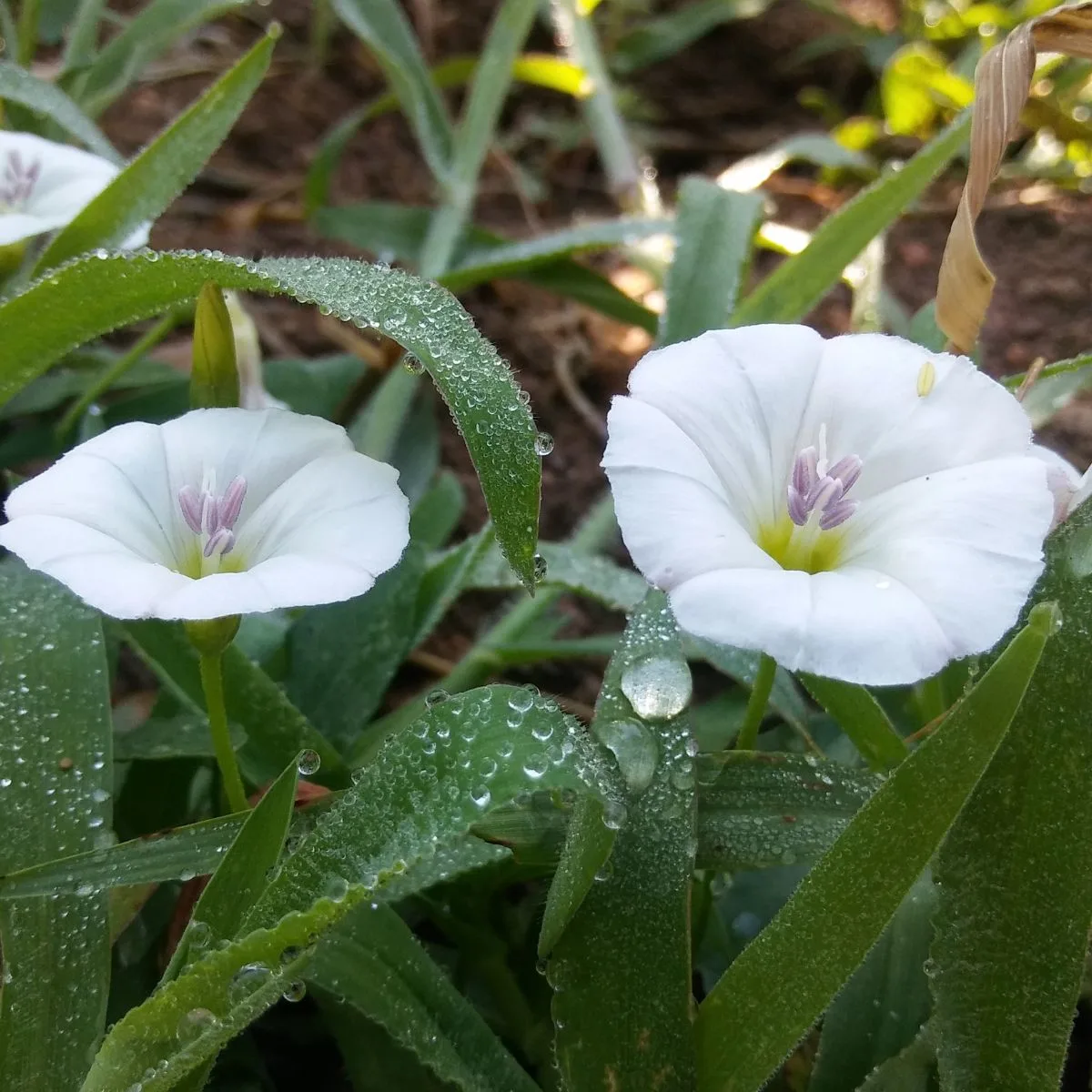
A creeping and climbing perennial vine, field bindweed can grow up to ten feet in a single season. It has dark green, arrowhead-shaped leaves and white to pink bell-shaped flowers.
Plant native vines instead, such as rock clematis (Clematis columbiana) or white virgin’s bower (Clematis ligusticifolia).
5. Hoary alyssum (Berteroa incana)
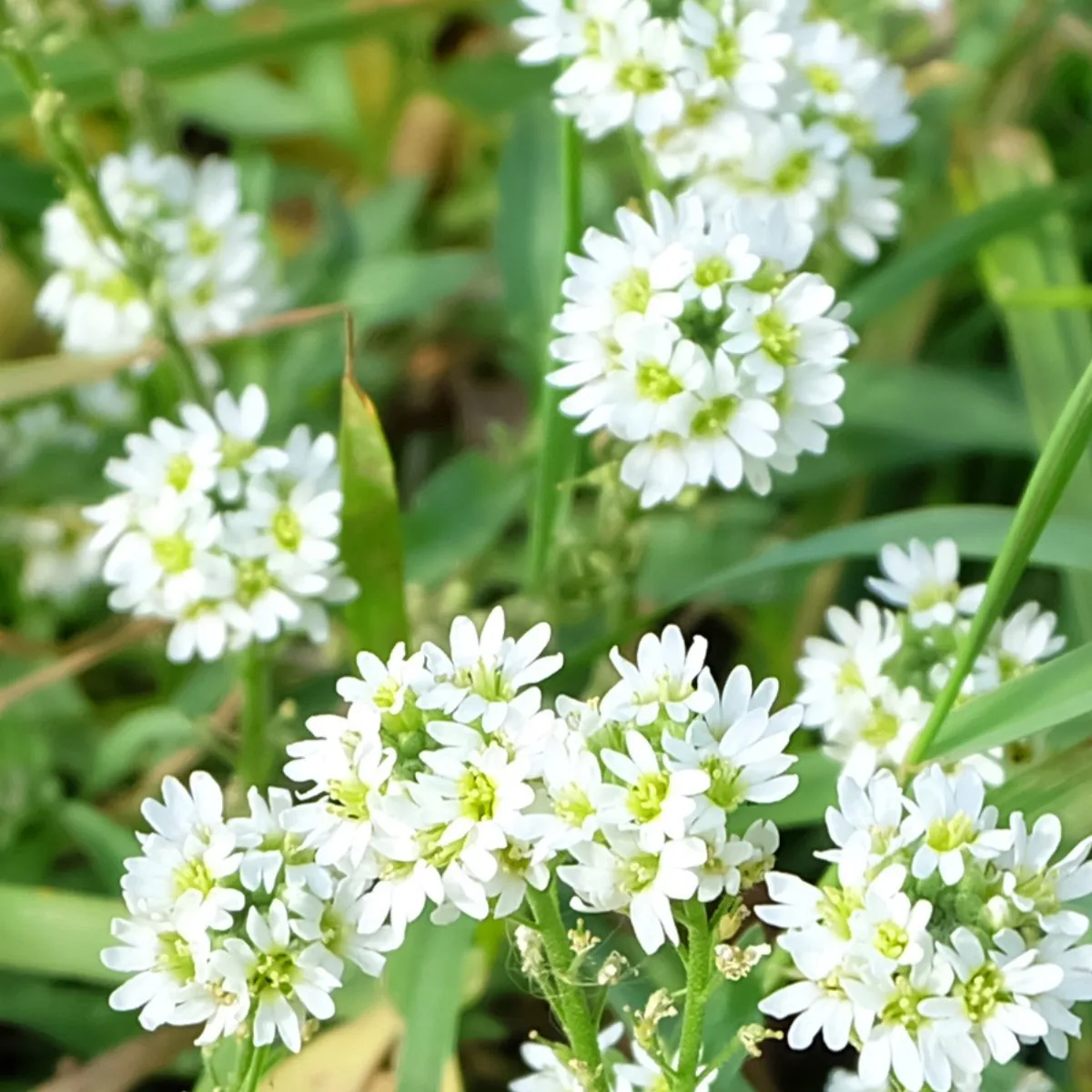
Hoary alyssum is a one- to three-foot-tall annual named for the short, star-shaped hairs covering the entire plant and giving it a silvery appearance. The small, white flowers have four deeply notched petals and grow in clusters.
Common yarrow (Achillea millifolium) and alpine smelowskia (Smelowskia calycina) belong to the same family and have a somewhat similar appearance.
6. Houndstongue (Cynoglossum officinale)
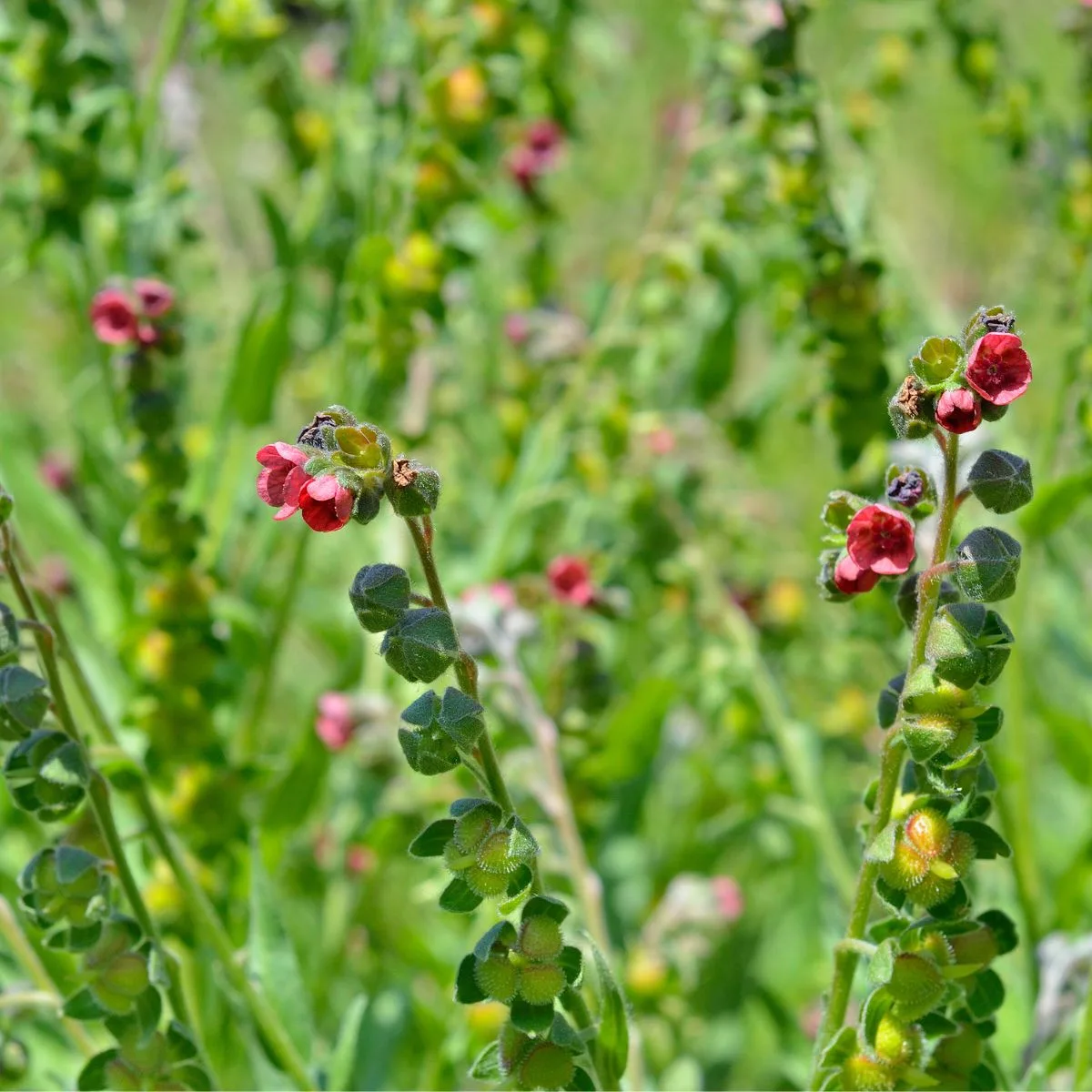
A taprooted biennial, houndstongue begins as a rosette of velvety, lance-shaped leaves that give the plant its name. In its second year, the eight- to 30-inch plant produces racemes of dark reddish-purple flowers (sometimes white), followed by small, burr-like seeds.
Rosy pussytoes (Antennaria rosea) has fuzzy foliage and reddish flowers, and cock’s-comb cat’s-eye resembles houndstongue with white flowers.
7. Knapweed (Centaurea spp., Acroptilon repens)
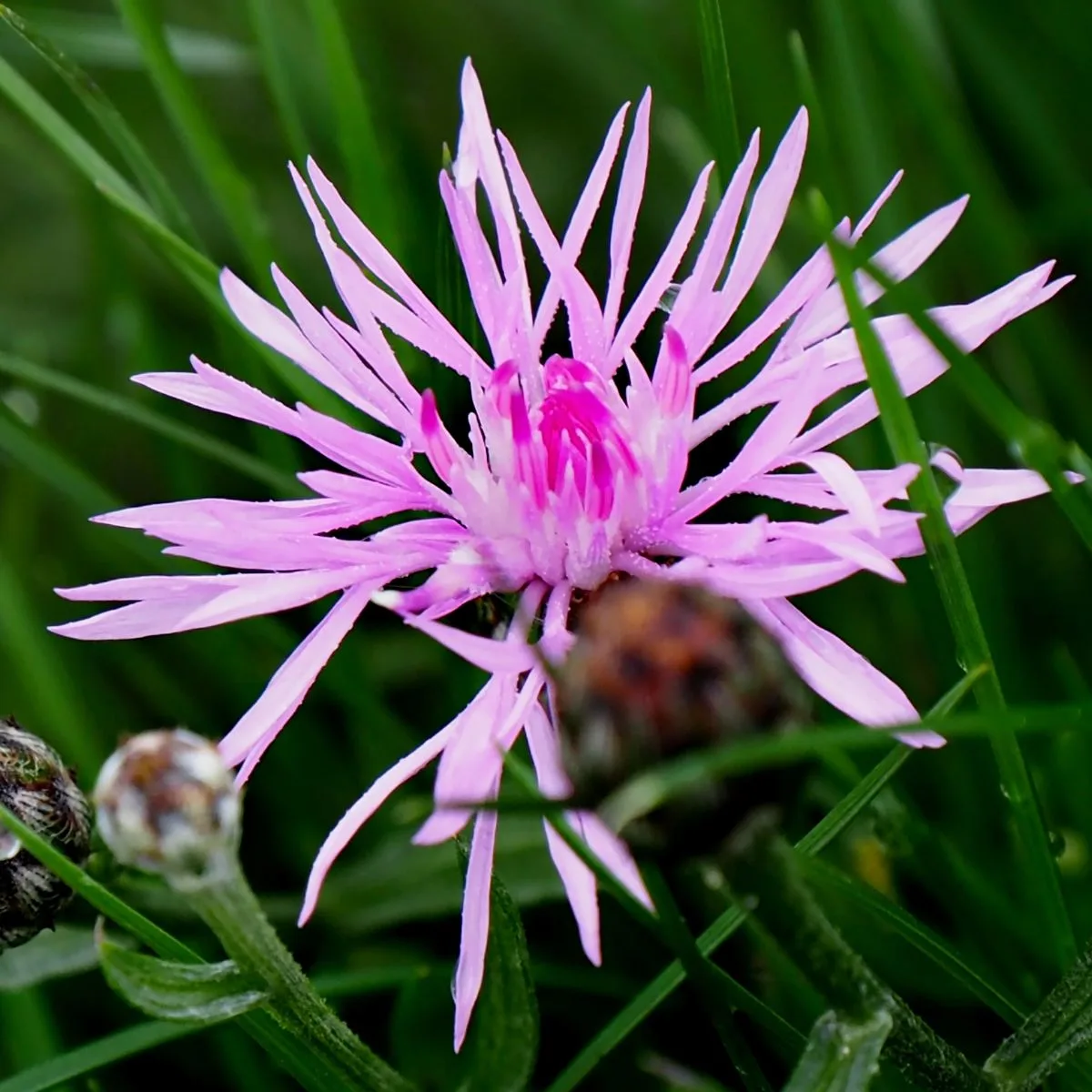
Diffuse, spotted, and Russian knapweed all pose a problem in Montana. They have deeply lobed rosette leaves and linear stem leaves, often with hairs on the lower leaves and at the base of the flowers. Each stem produces a single white to purple, thistle-like flower.
Plant dotted blazing star (Liatris punctata) or a native aster, like wester aster (Symphyotrichum ascendens), instead.
8. Leafy spurge (Euphorbia esula)
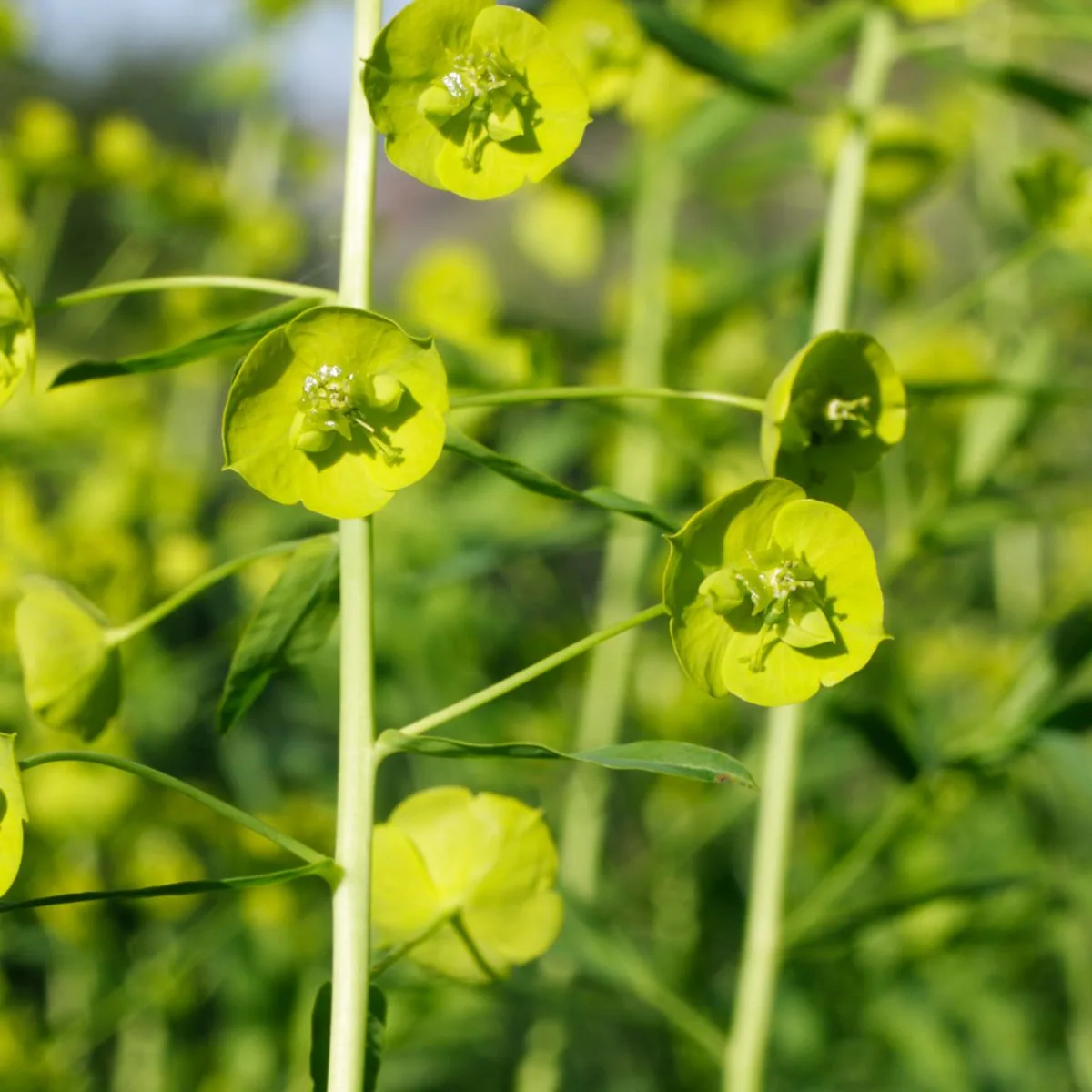
Leafy spurge has narrow, alternate leaves and terminal umbels of tiny yellow-green flowers. When broken, the stems release a milky, latex sap, and the brown roots have pink buds.
Native euphorbias include snow-on-the-mountain (E. marginata) and horned spurge (E. brachycera).
9. Oxeye daisy (Leucanthemum vulgare)
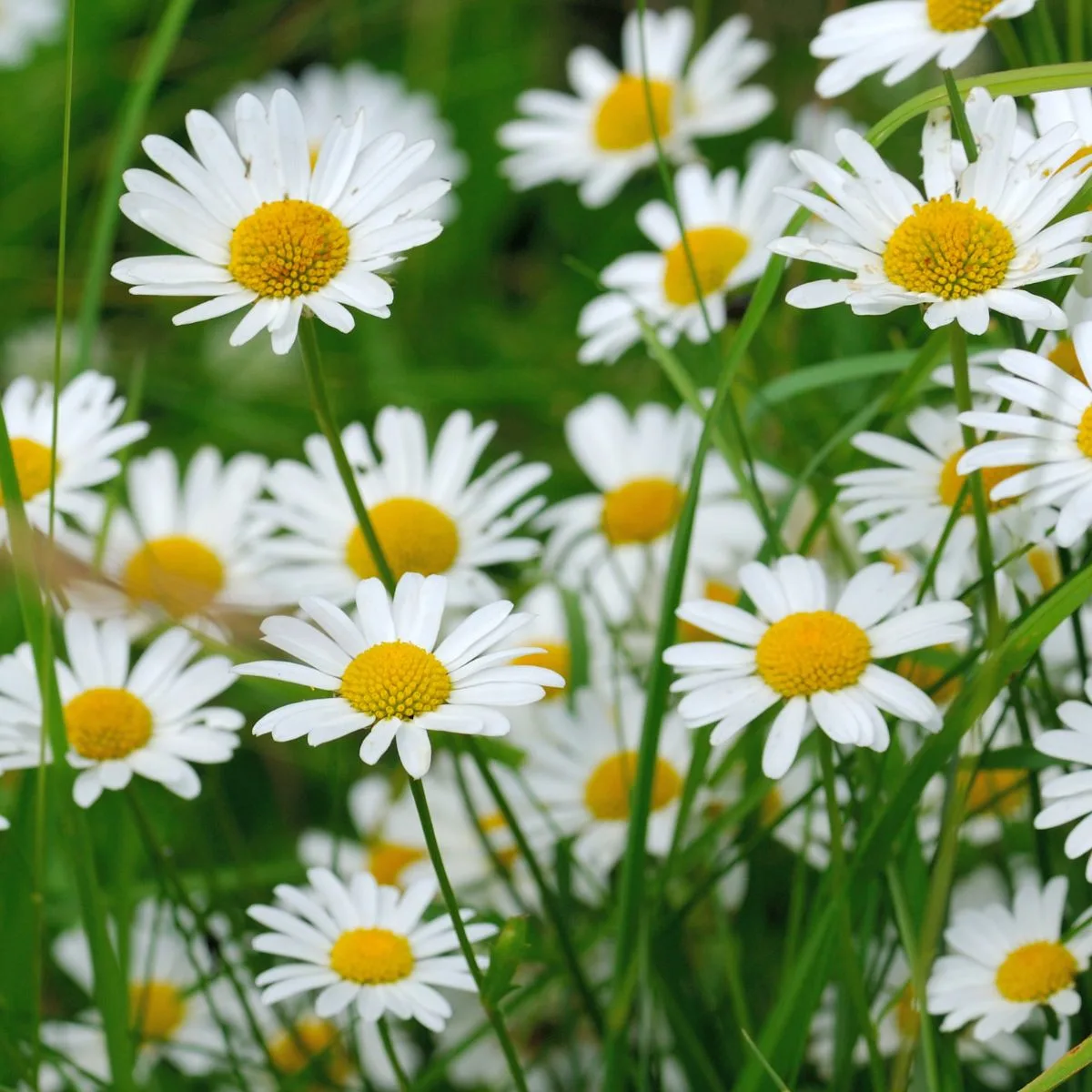
The classic oxeye daisy is, unfortunately, an invasive species in Montana. Each of its numerous stems produces a single, showy white flower with a yellow center. The dark green, glossy leaves have a spoon shape and serrated edges lower on the plant, while they become sparser and clap the stem farther up.
Native alternatives include Hookers Townsend daisy (Townsendia hookeri) and blanket flower (Gaillardia aristata).
10. Saltcedar (Tamarix spp.)
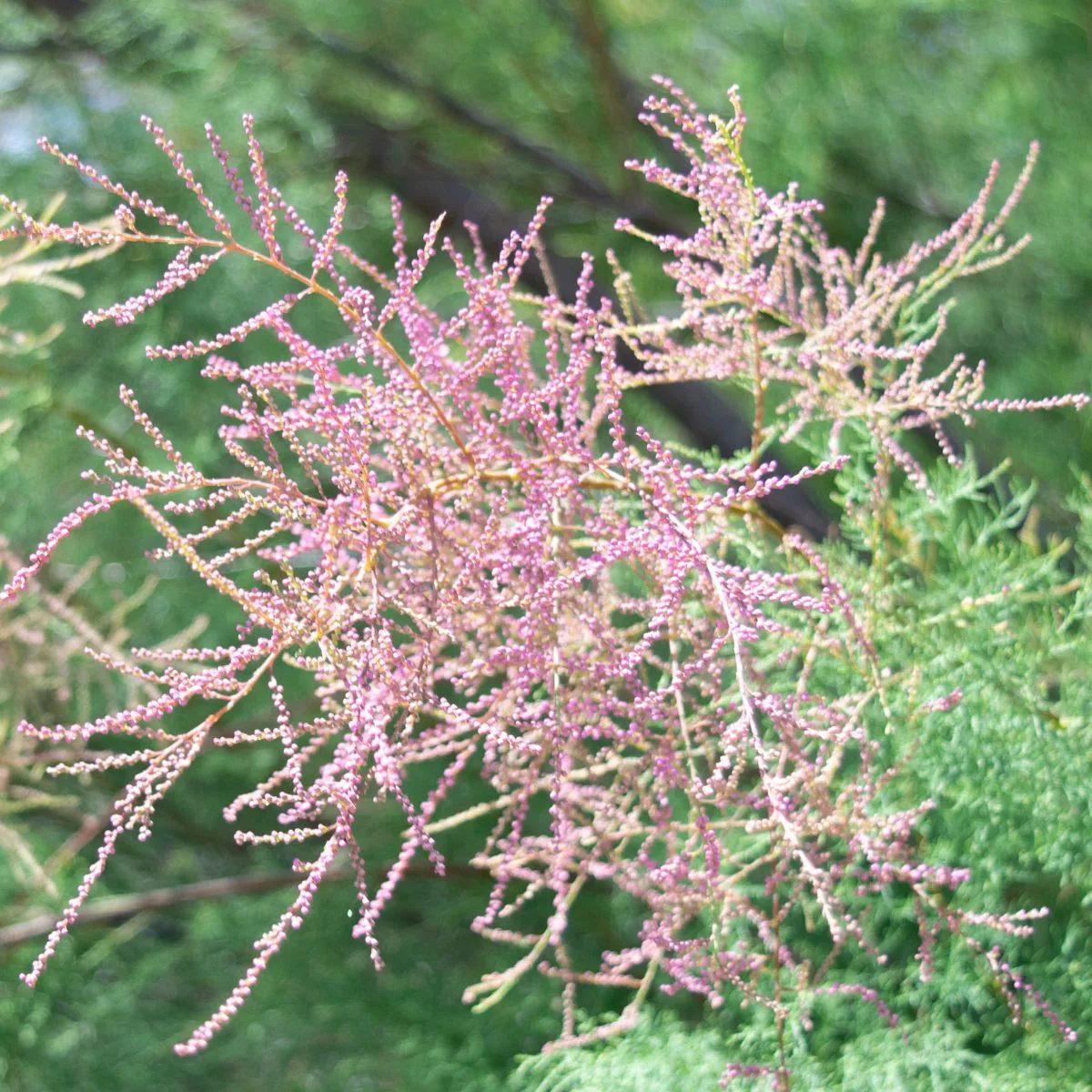
A deciduous shrub, saltcedar features slender branches covered in gray-green, overlapping leaves resembling juniper foliage. Showy spikes of tiny pink to white flowers bloom at the ends of branches from early spring through late summer.
Plant native shrubs and trees instead, like Rocky Mountain juniper (Juniperus scopulorum) or western redcedar (Thuja plicata).
11. St. John’s-wort (Hypericum perforatum)
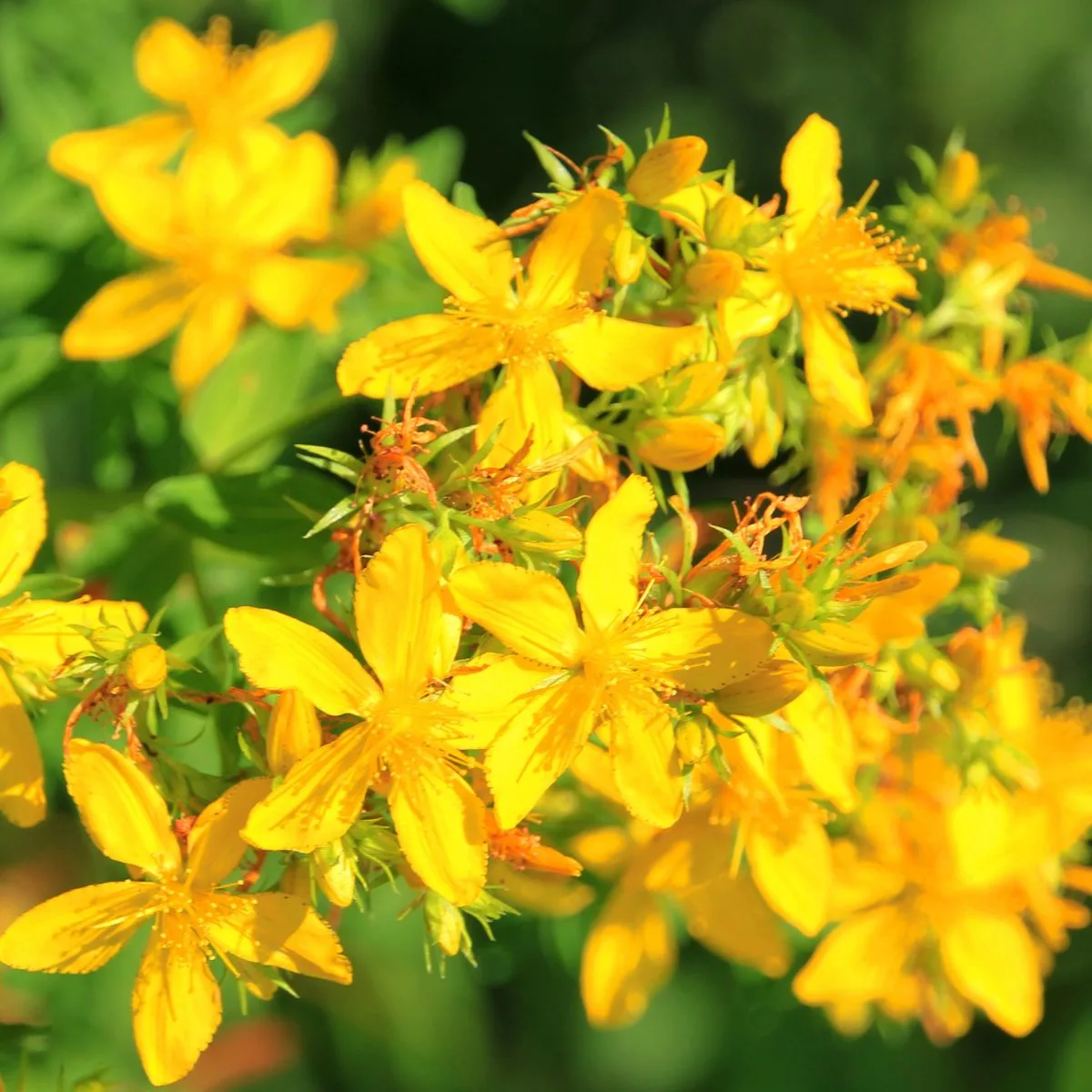
St. Johnswort is best known for its bright yellow, five-petaled flowers with prominent stamens. Look for tiny, black dots visible when the petals are held up to light and transparent dots on the pale green, linear to oblong leaves. This perennial grows one to three feet high.
Native species include larger Canadian St. John’s-wort (H. majus) and western St. John’s-wort (H. scouleri).
12. Sulfur cinquefoil (Potentilla recta)
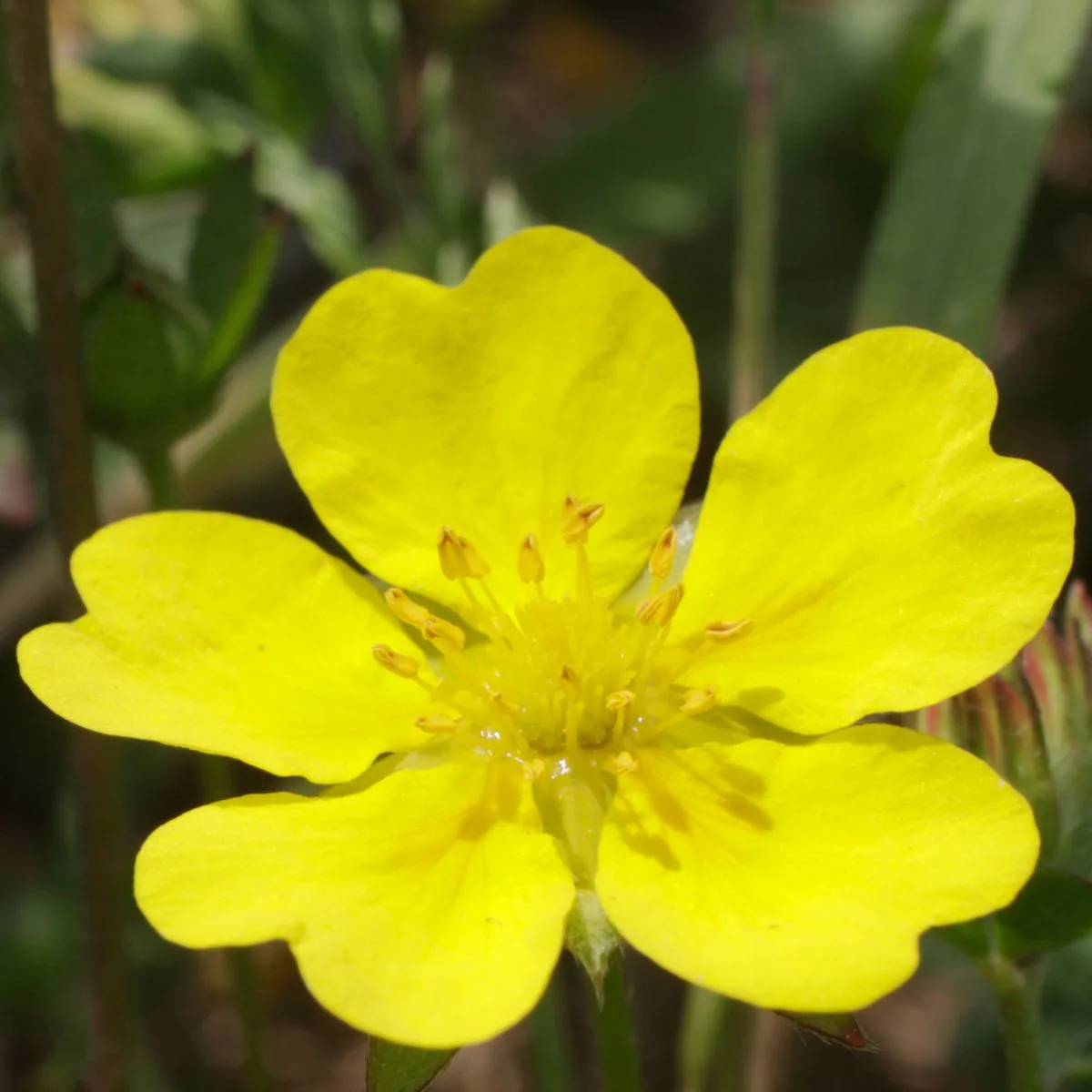
Also known as five finger weed, sulfur cinquefoil has palmate leaves with five to seven leaflets. The pale yellow flowers have five heart-shaped petals, and long, stiff hairs protrude at right angles from the stem.
Native species include fanleaf cinquefoil (P. gracilis) and elegant cinquefoil (P. concinna).
13. Toadflax (Linaria dalmatica, L. vulgaris)
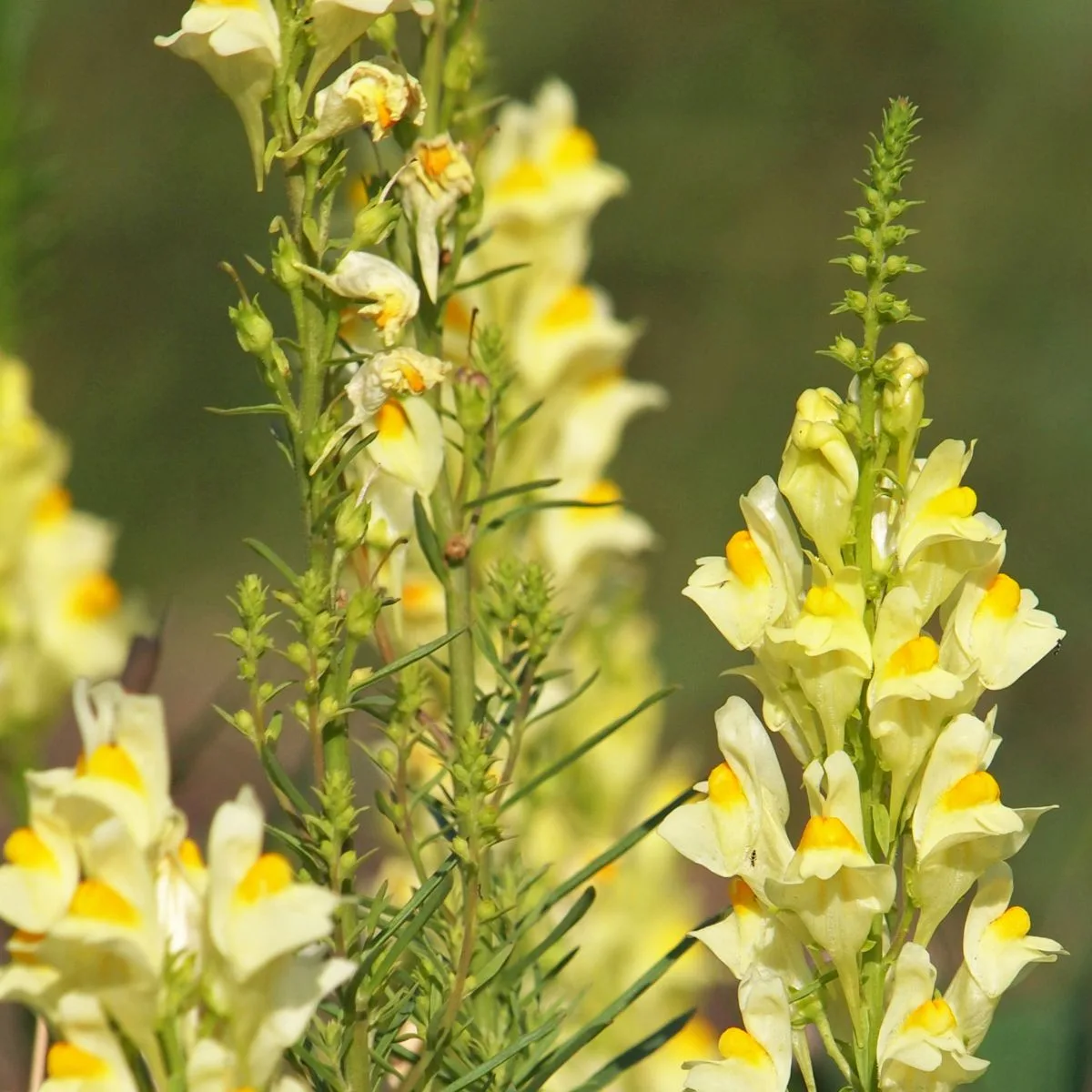
With yellow, snapdragon-like flowers, toadflax is sometimes sold under the name “butter and eggs.” Dalmation toadflax has rubbery, heart-shaped, blue-green leaves, while yellow toadflax has narrow, pale green leaves.
For similar flowers, plant yellow beardtongue (Penstemon confertus) or fuzzy-tongue penstemon (P. eriantherus).
14. Whitetop (Cardaria draba, Lepidium draba)
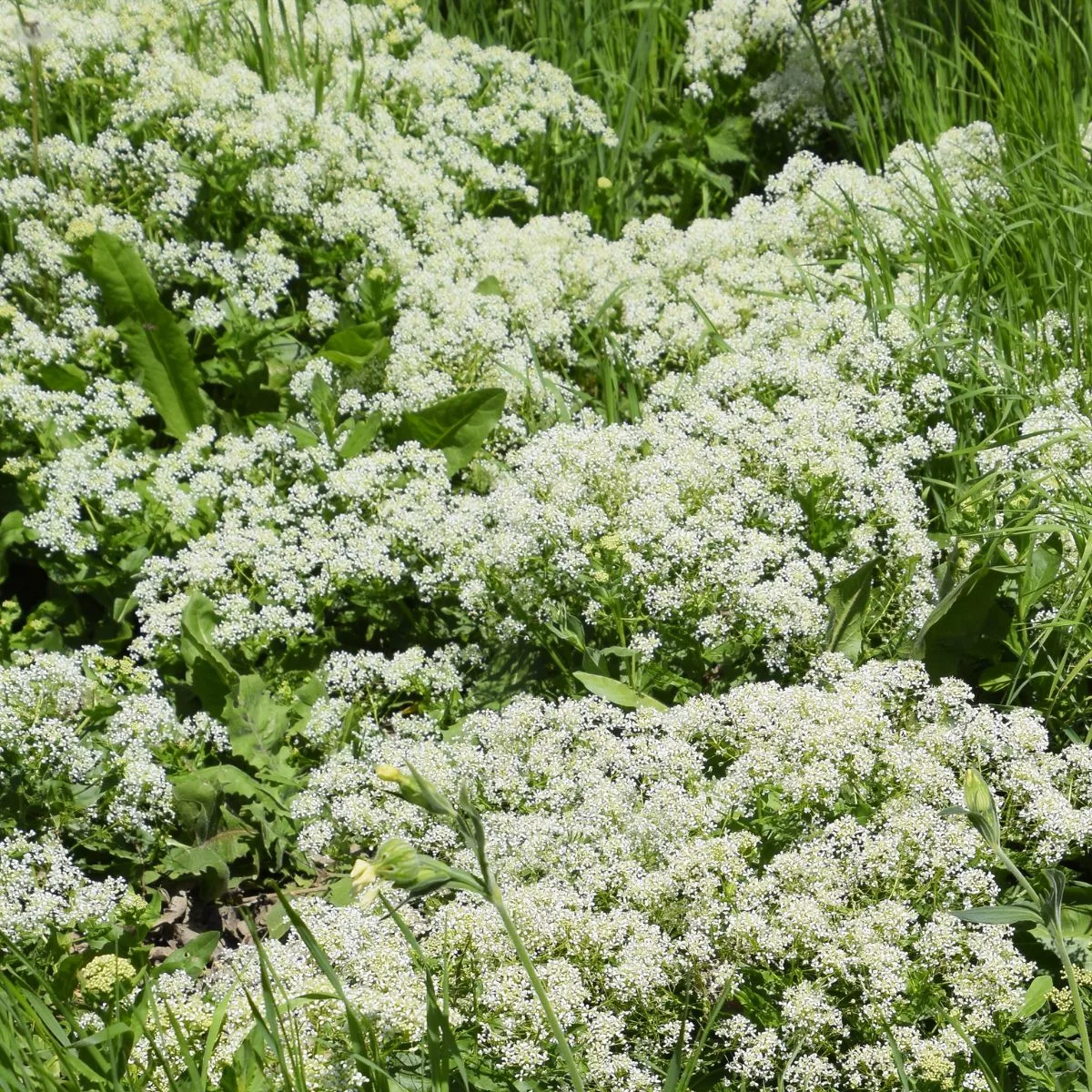
Named for its flat-topped clusters of tiny, four-petaled flowers, whitetop forms dense stands of one- to two-foot-tall plants. The gray-green leaves have a lance or arrowhead shape and serrated edges.
White panicle aster (Symphyotrichum lanceolatum) and pearly everlasting (Anaphalis margaritacea) have a somewhat similar appearance.
Now that you know what to look for, you can ensure you don’t have any of the most common invasive plants in Montana growing in your garden and nurture beautiful native plants instead. As many invasive species threaten habitat in this state, there are even more native plants that support pollinators and native ecosystems in general. Which ones will you plant?
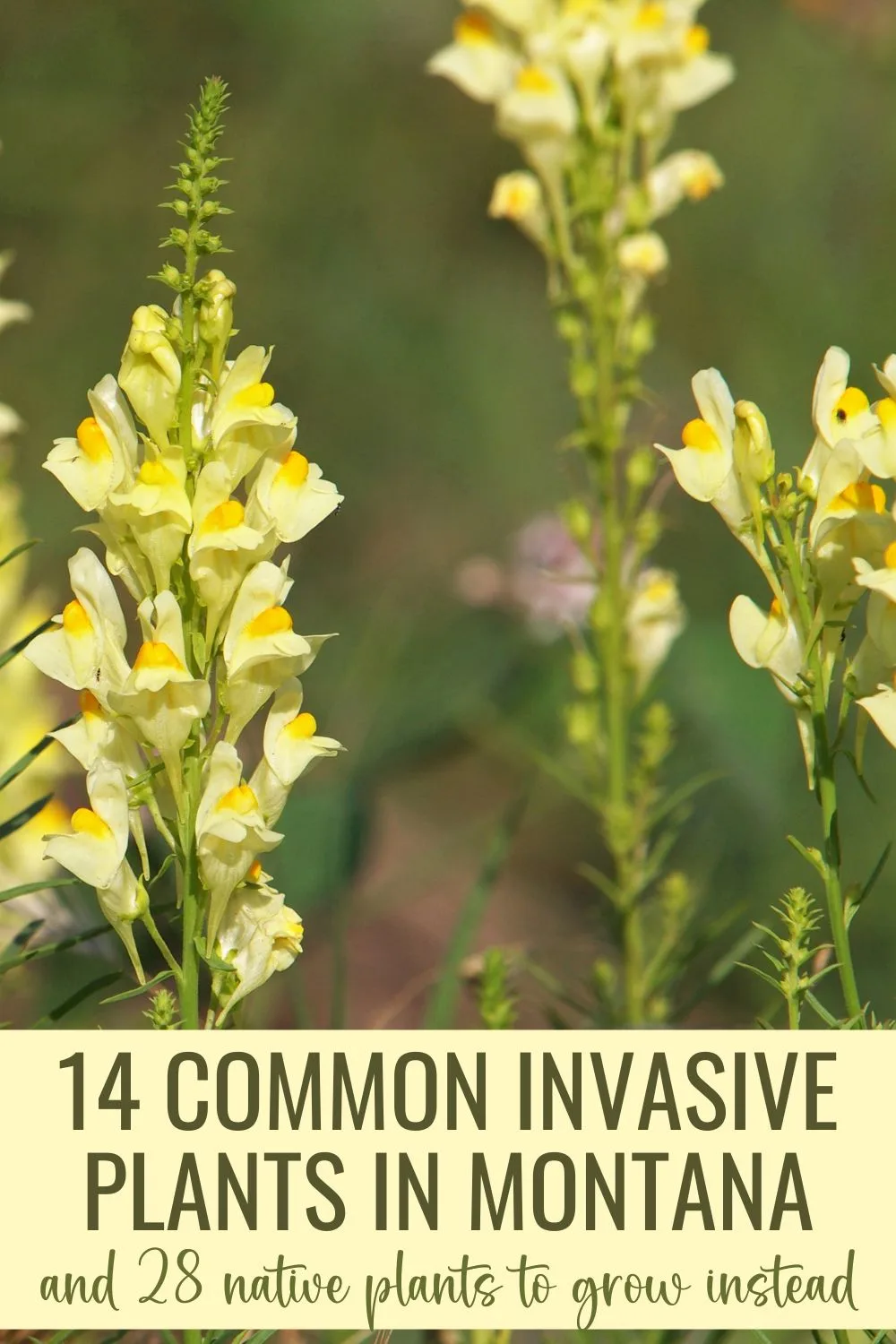









Montana Native Plants List: 16 Awesome Choices For Landscaping
Wednesday 12th of July 2023
[…] cold climate may have you wondering what types of plants can survive here. There are lots of invasive plants in Montana, but luckily, there are also many native plants that have adapted to the conditions in Montana and […]